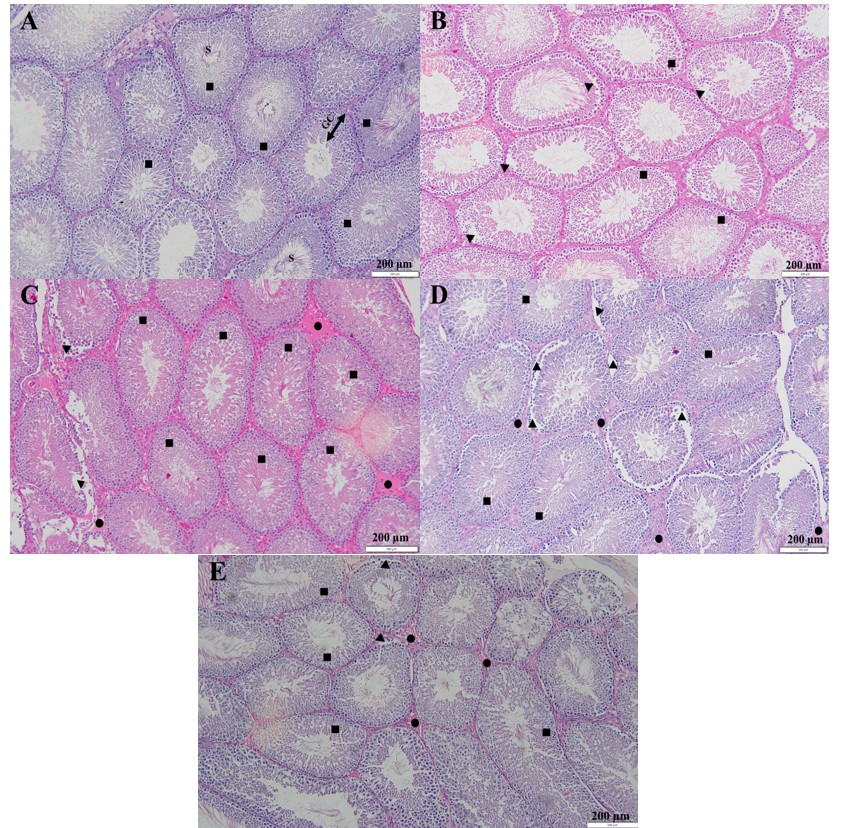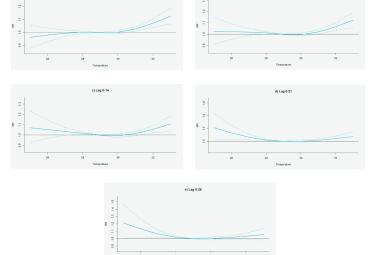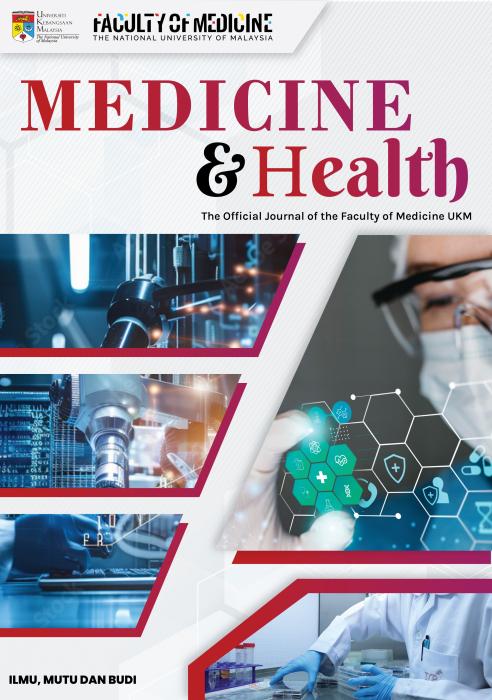Testicular Morphological Alterations in 2.45 GHz Wi-Fi Exposed Rat Pups and The Mitigating Effects of Edible Bird Nest
Wi-Fi Exposed Testicular Histomorphometry in Pups
Abstract
Wi-Fi applications are now a daily necessity for people of all ages including children. However, radiofrequency-radiation emitted from the Wi-Fi devices is sensitive to their developing organ, especially the testis. Nonetheless, sparse study has evaluated the Wi-Fi effect on the developing testis. Hereby, this study evaluated the effect of Wi-Fi exposure on the histomorphometry changes of the testis in the growing Sprague Dawley pups. This study also incorporated edible bird nest (EBN) supplementation to attenuate expected Wi-Fi effects. A total of 30 (n=30) three-week-old pups were divided equally into five groups (n=6): Control, EBN, Wi-Fi 1, Wi-Fi 2, and EBNW. Only the Wi-Fi 2 and EBNW were exposed to active Wi-Fi. Meanwhile EBN and EBNW received 250 mg/kg of EBN supplementation. Both Wi-Fi exposure and EBN supplementation were conducted for 14 consecutive weeks. Findings showed that the Wi-Fi 2 group demonstrated detachment of the spermatogonia cells from the basement membrane, disorientation of the germ cells, presence of empty tubules and mild oedematous area in between seminiferous tubules. Significant decreases in seminiferous tubule diameter and germ cell height were also noted. Supplementation of EBN preserved the cells in the seminiferous tubule of the EBNW group as it appeared normal and intact. Besides, the EBNW group showed a significant increase in the seminiferous tubule diameter. No significant changes were recorded for the spermatogenesis index between all groups. In conclusion, Wi-Fi cause degenerative changes in developing testis while EBN supplementation attenuates the Wi-Fi effects on certain histomorphometry features of the testis.
Keywords :
Germ cell height; radiofrequency radiation; spermatogenesis index; testis histology,
Abstrak
Aplikasi Wi-Fi telah menjadi keperluan harian untuk individu bagi semua peringkat umur termasuk kanak-kanak. Walau bagaimanapun, peranti Wi-Fi memancarkan radiasi-radiofrekuensi yang sensitif kepada organ yang sedang melalui perkembangan, terutamanya testis. Namun, hanya segelintir kajian menilai kesan Wi-Fi terhadap testis yang sedang melalui perkembangan. Oleh itu, kajian ini dilakukan untuk menilai kesan dedahan Wi-Fi terhadap perubahan histomorfometri testis pada anak tikus Sprague Dawley yang sedang membesar. Kajian ini turut memberikan suplementasi sarang burung walit (EBN) untuk mengurangkan kesan Wi-Fi yang dijangkakan. Sebanyak 30 ekor (n=30) anak tikus berumur tiga minggu dibahagikan sama rata kepada lima kumpulan (n=6): Kawalan, EBN, Wi-Fi 1, Wi-Fi 2 dan EBNW. Hanya Wi-Fi 2 dan EBNW menerima dedahan terhadap Wi-Fi aktif. Manakala EBN dan EBNW menerima suplementasi EBN 250 mg/kg. Dedahan Wi-Fi dan suplementasi EBN diberikan selama 14 minggu berturut-turut. Hasil menunjukkan bahawa kumpulan Wi-Fi 2 mempunyai sel spermatogonia yang terpisah dari membran dasar, disorientasi sel germa, kehadiran tubul kosong dan kawasan edema di antara tubul seminiferus. Penurunan signifikan dalam diameter tubul seminiferus dan ketinggian sel germa turut dicatatkan. Sebaliknya, suplementasi EBN telah mengekalkan sel-sel di dalam tubul seminiferus kumpulan EBNW menjadikannya kelihatan normal dan utuh. Selain itu, kumpulan Wi-Fi+EBN menunjukkan peningkatan signifikan dalam diameter tubul seminiferus. Tiada perubahan signifikan direkodkan bagi indeks spermatogenesis di antara semua kumpulan. Kesimpulannya, dedahan Wi-Fi dari usia muda menyebabkan kemerosotan histomorfometri testis. Manakala, suplementasi EBN melemahkan kesan Wi-Fi terhadap ciri-ciri tertentu histomorfometri testis.
Kata Kunci :
Indeks spermatogenesis; histologi testis; ketinggian sel germa; radiasi radiofrekuensi,
Correspondance Address
Farah Hanan Fathihah Jaffar. Department of Physiology, Faculty of Medicine, Universiti Kebangsaan Malaysia, Jalan Yaacob Latif, Bandar Tun Razak, 56000 Cheras, Kuala Lumpur, Malaysia. Tel: +603-91458621 Email: farahhanan@ukm.edu.my









